
King Kong
King Kong,gorilla, silverback gorilla
The common name of the gorilla is the gorilla, the silverback gorilla, which···

Homo sapiens
Homo sapiens,Human
Homo sapiens (scientific name: Homo sapiens) is the only existing species un···

Pan paniscus
Pan paniscus,Dwarf Chimpanzee,Bonobo, pygmy chimpanzee
Bonobos (scientific name: Pan paniscus) are called Dwarf Chimpanzee in forei···

Gorilla beringei
Gorilla beringei,Eastern gorilla,East African gorilla
The scientific name of the East African gorilla is Gorilla beringei. There a···

Lowland GorillaWestern Gorilla
Gorilla gorilla,Lowland GorillaWestern Gorilla,Western gorilla, African western gorilla
The scientific name of the West African gorilla is Gorilla gorilla, and its ···

Pongo pygmaeus
Pongo pygmaeus, Bornean Orangutan, Orang-outan de Bornéo, Orang-után,Orangutan
Bornean orangutan (scientific name: Pongo pygmaeus) is called Bornean Orangu···

Pongo abelii
Pongo abelii,Sumatran Orangutan,Sumatran Orangutan
The Sumatran orangutan (scientific name: Pongo abelii) is the largest orangu···

Symphalangus syndactylus
Symphalangus syndactylus,Siamang,Little monkey
Symphalangus syndactylus (scientific name: Symphalangus syndactylus) is call···

Nomascus annamensis
Nomascus annamensis,Northern Yellow-cheeked Crested Gibbon、Northern Buff-cheeked Gibbon,Nomascus gabriellae
The Northern Yellow-cheeked Crested Gibbon (scientific name: Nomascus anname···
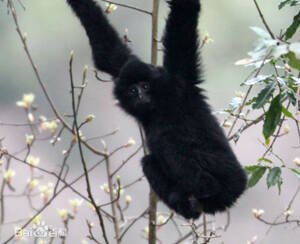
Nomascus concolors
Nomascus concolors, Black Crested Gibbon、Black Gibbon、Concolor Gibbon、Indochinese Gibbon、Western Black Crested Gibbon, Gibbon Noir, Gibón de cresta negra, Westlicher Schopfgibbon
The Western Black Crested Gibbon (scientific name: Nomascus concolors) is kn···
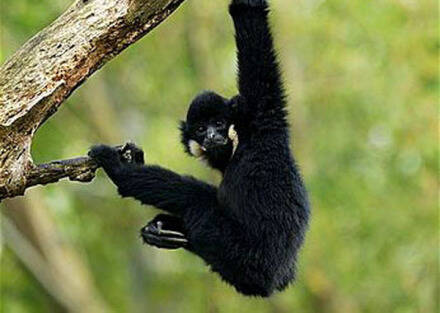
Nomascus siki
Nomascus siki,Southern White-cheeked Gibbon
The Southern White-cheeked Gibbon (scientific name: Nomascus siki) was confi···

Nomascus hainanus
Nomascus hainanus,Hainan Gibbon、Hainan Black Crested Gibbon、Hainan Black Gibbon、Hainan Crested Gibbon,Hainan black-crested gibbon, bang-bang monkey, bao monkey
Hainan Gibbon (scientific name: Nomascus hainanus) Foreign names: Hainan Gib···
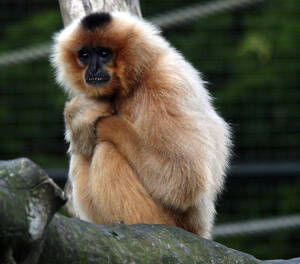
Nomascus gabriellae
Nomascus gabriellae,Red-cheeked Gibbon、Buff-cheeked Gibbon、Buffy-cheeked Gibbon、Southern Yellow-cheeked Crested Gibbon,Red-cheeked black ape, yellow-cheeked crested gibbon, light yellow-cheeked gibbon
Red-cheeked Gibbon (scientific name: Nomascus gabriellae) is also known as R···
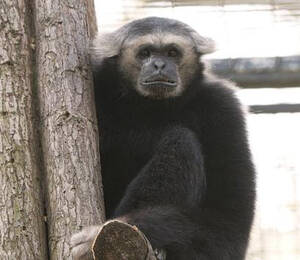
Hylobates pileatus
Hylobates pileatus,Pileated Gibbon,Fence-crowned gibbon, Crested gibbon
Pileated Gibbon (scientific name: Hylobates pileatus) is also known as Pilea···
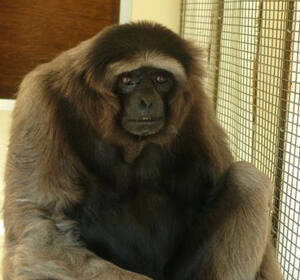
Hylobates muelleri
Hylobates muelleri,Müller's Bornean Gibbon,Bornean gibbon, Miller's gibbon
The gray gibbon (scientific name: Hylobates muelleri) is also known as Müll···
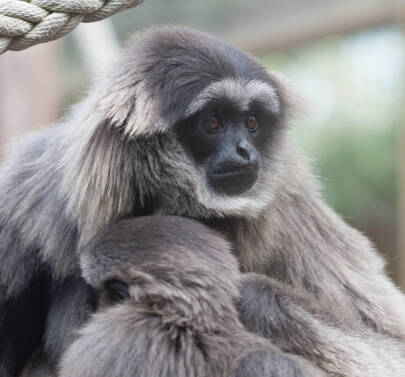
Hylobates moloch
Hylobates moloch,Silvery Javan Gibbon
Silvery Javan Gibbon (scientific name: Hylobates moloch) is called Silvery J···
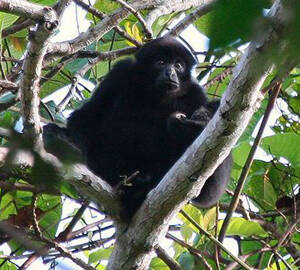
Hylobates klossii
Hylobates klossii,Kloss’s Gibbon,Cross's gibbon, Mentawai gibbon, Japanese gibbon
Kloss’s Gibbon (scientific name: Hylobates klossii) is also known as Kloss’···
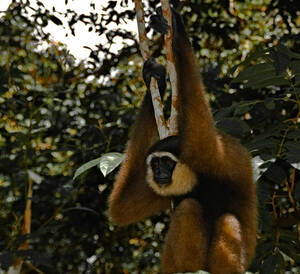
Hylobates albibarbis
Hylobates albibarbis
The white-bearded gibbon (scientific name: Hylobates albibarbis) was once a ···
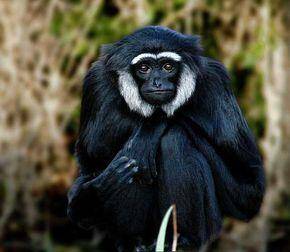
Hylobates agilis
Hylobates agilis,Agile Gibbon,Agile Gibbon
The black-handed gibbon (scientific name: Hylobates agilis) is also known as···
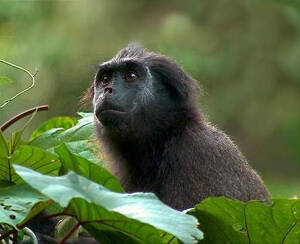
Simias concolor
Simias concolor,Pig-tailed langur,Pig-tailed langur, Bagai Island langur
Pig-tailed langur (Simias concolor) has two subspecies. Pig-tailed langurs a···
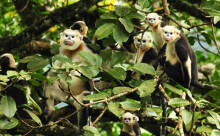
Rhinopithecus avunculus
Rhinopithecus avunculus,Tonkin Snub-nosed Monkey,Tokyo snub-nosed monkey
Vietnamese golden monkey (scientific name: Rhinopithecus avunculus) is also ···
